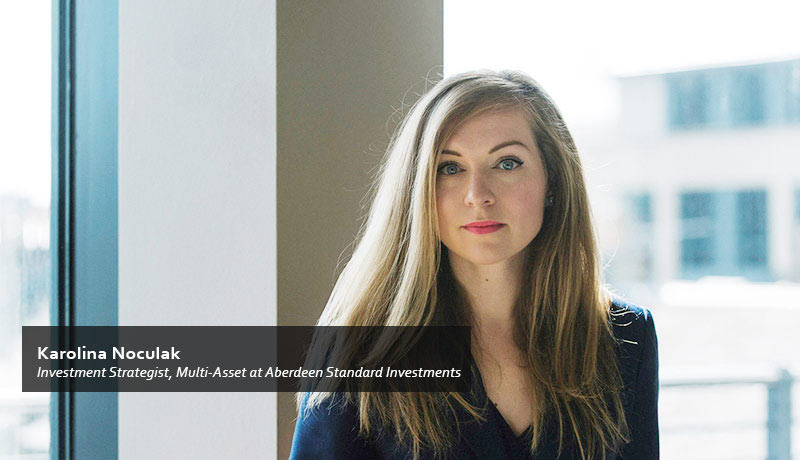
With the second-quarter earnings season underway, we’re getting our first clear look at Covid-19’s impact on companies. What we’re seeing is the depths of the downturn, with the steep fall in second-quarter earnings reflecting lockdown’s fullest extent.
Most companies have been beating analysts’ expectations. But that’s because those expectations were set extremely low. As the scale of the Covid crisis became clear, analysts slashed their profit expectations with unprecedented vigour. In some weeks, the ratio of profit downgrades to upgrades exceeded that of the 2008 financial crisis.
So far, most disappointments have come from energy, consumer discretionary and financials. The four biggest US retail banks have reported worrying numbers as they set aside large provisions for future bad loans.
By contrast, investment-banking operations fared much better. This was a significant positive surprise, helped by the strong performance of trading desks during market volatility.
Otherwise, the businesses doing best are those well placed to weather downturns or benefit from lockdown. Technology stocks stand out, along with healthcare and consumer staples. Examples include Microsoft, Amazon and, in the UK, the online-delivery business Ocado.
But given the rock-bottom expectations, the real surprises are coming in outlook and guidance. Netflix is a case in point. The streaming giant disappointed the market by accompanying strong second-quarter results with cautious third-quarter guidance. The company has benefited from the stay-at-home environment, but its success leaves limited scope for further subscriber growth.
So how quickly profits will recover in general? The S&P 500 has been rising since the US government announced its support programme in late March, and stocks now trade on lofty valuations. Monetary policy plays a part here: low interest rates tend to coincide with higher earnings multiples. But those multiples assume a swift earnings recovery.
We think that’s unlikely. The market is forecasting a full recovery after just two quarters of contraction – the classic V-shape. We expect a much slower and shallower recovery. Recent history backs us up. After the 2008 crisis, S&P 500 profits took 17 quarters to return to their previous level. And when the tech bubble burst in 2000, a full recovery took 14 quarters.
Clearly, any prediction is difficult because there’s just so much uncertainty about the course of the pandemic. There are downside risks – most obviously a second wave of infections – but there’s also scope for positive developments: a vaccine or further stimulus measures, for example.
Unless an effective vaccine materialises, however, some productivity will be permanently lost. Restaurants will have to operate with fewer tables, for example, while fear of crowds will constrain visitors to shopping malls. Factories will not only have to socially distance workers but will also have to spend considerable effort on disinfecting the workplace.
There’s also the question of how generous government payouts will be funded. Higher corporate taxes look likely, particularly in the US, where there’s speculation that Joe Biden will reverse some of Trump’s tax cuts if he wins in November. So there may be structural drags on profits – another reason the current consensus looks too optimistic to us.
